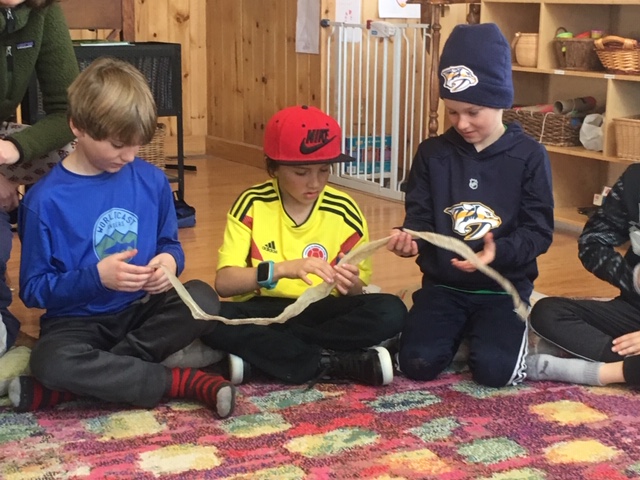
It was during a classroom brainstorm session that 2nd & 3rd grade Independent School teachers Julie Thompsen and Chealsea Troy noticed the unanimous interest their students had in snakes. Knowing what they did about their students’ curiosity for animals and the natural world, it didn’t come as a surprise. “Snakes are mysterious creatures unlike any other,” explained Thompsen and Troy, “so when our students started asking more and more questions during our brainstorm surrounding snakes, we knew it was the topic worth exploring more for our learner-centered project.”
Capturing curiosity
Given the breadth of a topic like snakes, it was important to narrow down the project and create a  driving question that would both capture the students’ curiosity and guide the project’s focus going forward. To do so, Thompsen and Troy began by uncovering exactly what students already knew, wanted to know, and ultimately learn about snakes through the use of a KWL chart, as well as understanding their students’ preconceptions. Beyond brainstorming, they invited the community into the classroom to give students an up-close experience with snakes.
driving question that would both capture the students’ curiosity and guide the project’s focus going forward. To do so, Thompsen and Troy began by uncovering exactly what students already knew, wanted to know, and ultimately learn about snakes through the use of a KWL chart, as well as understanding their students’ preconceptions. Beyond brainstorming, they invited the community into the classroom to give students an up-close experience with snakes.
“Having a community member bring three snakes to the classroom and allow students to see, touch and hold the snakes was a pivotal moment in engaging our students’ curiosity. Their excitement was tangible!”
With their KWL chart in hand and a powerful in-class experience on top of mind, Thompsen and Troy were able to guide students in designing their project’s driving question: Do snakes deserve to be feared by humans?
Creating an authentic learning experience

Over the course of the project, through a combination of first-hand observations, research, and data collection, Thompsen, Troy and their students began building a deeper understanding of snakes and how humans perceive them. Inspired by their process, we asked them to share what went into carrying out their project and if snakes really do deserve to be feared by us humans.
Acquiring a classroom snake
Seeing the students’ excitement after their first-hand experience with snakes made it clear that we needed to get a snake for our classroom in order to create an authentic learning experience. We were able to borrow a corn snake (Harold) from a community member for the duration of our project. Having Harold in the classroom fueled our students’ interest throughout the project, allowing them to observe the everyday behavior of a snake (even eating!) and understand what was involved in owning and caring for a reptile.
Researching snakes
In order to really understand the fear humans commonly attach to snakes, it was important that our students widen their understanding of snakes in general. As a classroom, we came up with eight questions that all together would give us a broader understanding. Students were paired to research and answer their questions.
Collecting data
To complement our research, we also devised a survey that we administered to our immediate school community. With the results gathered in the survey, students now had powerful qualitative data to help inform their conclusion.
Presenting their findings
Using examples and supporting details from their observations, research and survey data, students were asked to write an opinion essay explaining whether or not they believe snakes deserve to be feared by humans.
So do they?
Based on the students’ discoveries, it appears that the answer wavers depending on age — overall children fear snakes less than adults. More profound perhaps, is the final lesson learned from all of these students’ scaly sleuthing: “Once you learn about something, you become less afraid of it.” We couldn’t agree more!
Since finishing this project, several students have taken up the hobby of catching backyard garter snakes and some have even adopted snakes or reptiles as their own pets!


